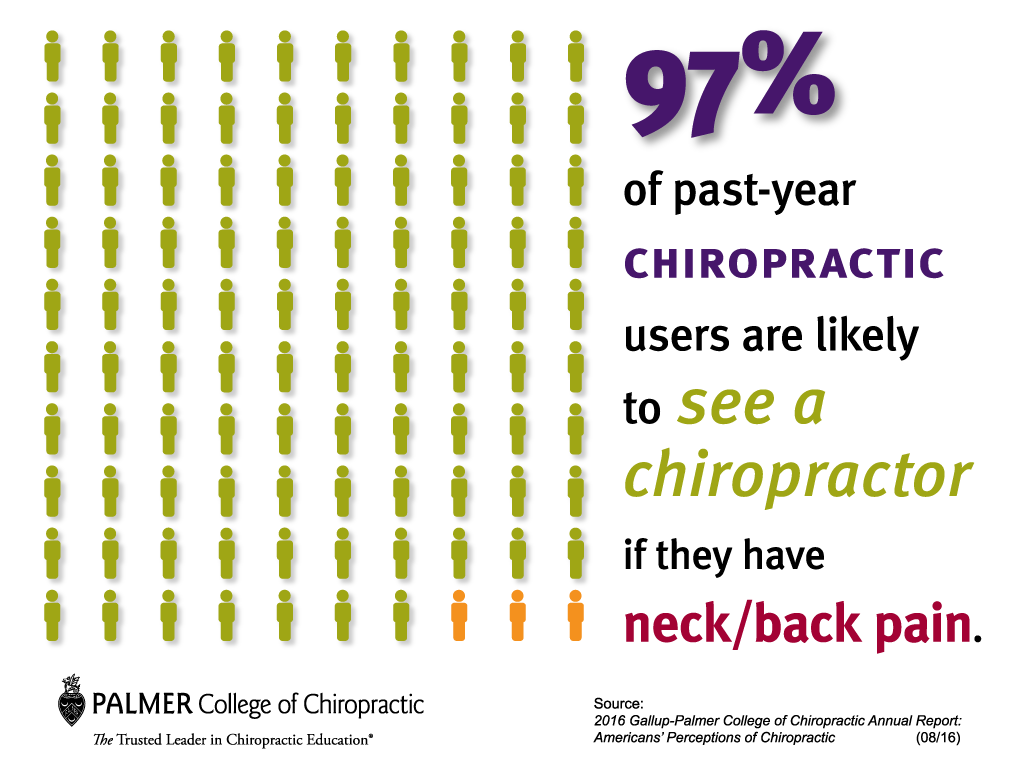Dental Braces On Your Own For An Expedition Into The Exciting Cellular Communications Of Cold Laser Treatment And Its Usage Of Light As A Recovery Mechanism. Take A Deeper Dive Into The Scientific Facets!
Dental Braces On Your Own For An Expedition Into The Exciting Cellular Communications Of Cold Laser Treatment And Its Usage Of Light As A Recovery Mechanism. Take A Deeper Dive Into The Scientific Facets!
Blog Article
Authored By-Dougherty Pedersen
You may have become aware of cold laser therapy as an encouraging treatment option for different conditions, however have you ever wondered how it actually works with a cellular level? Recognizing the systems behind this treatment can shed light on its efficiency in promoting healing and lowering swelling. By exploring the scientific research behind cold laser treatment, you'll obtain understandings into the remarkable methods which light can affect mobile processes and assist in tissue fixing.
How Cold Laser Treatment Functions
To understand exactly how cold laser treatment functions, you need to realize the fundamental concepts of exactly how light power connects with biological cells. Cold laser therapy, also referred to as low-level laser treatment (LLLT), makes use of details wavelengths of light to permeate the skin and target underlying tissues. Unlike the extreme lasers utilized in procedures, cold lasers give off reduced degrees of light that don't generate heat or cause damage to the cells.
When these mild light waves get to the cells, they're soaked up by parts called chromophores, such as cytochrome c oxidase in mitochondria. This absorption causes a collection of biological responses, including enhanced mobile power production and the launch of nitric oxide, which enhances blood flow and decreases swelling.
Additionally, facial laser treatment near me can likewise boost the production of adenosine triphosphate (ATP), the power currency of cells, aiding in cellular repair and regeneration processes.
Basically, cold laser therapy harnesses the power of light energy to promote healing and alleviate discomfort in a non-invasive and gentle fashion.
Mechanisms of Activity
How does cold laser therapy really work to produce its healing results on biological tissues?
Cold laser treatment, additionally called low-level laser therapy (LLLT), runs via a procedure called photobiomodulation. When the cold laser is related to the skin, the light power penetrates the cells and is taken in by chromophores within the cells.
These chromophores, such as cytochrome c oxidase in the mitochondria, are then promoted by the light energy, bring about a waterfall of organic responses. One crucial mechanism of activity is the improvement of cellular metabolic rate.
fraxel laser near me taken in light power raises ATP production in the mitochondria, which is vital for mobile feature and fixing. Furthermore, cold laser therapy aids to lower inflammation by inhibiting inflammatory moderators and promoting the launch of anti-inflammatory cytokines.
This anti-inflammatory result adds to pain alleviation and cells recovery.
Therapeutic Impacts
Understanding the healing impacts of cold laser treatment entails identifying how the boosted mobile metabolic process and anti-inflammatory properties contribute to its favorable end results on biological tissues.
When the cold laser is related to the damaged location, it stimulates the mitochondria within the cells, causing increased manufacturing of adenosine triphosphate (ATP), which is essential for cellular feature and repair. This increase in mobile power increases the recovery procedure by advertising cells regrowth and decreasing inflammation.
In addition, the anti-inflammatory homes of cold laser therapy help to reduce discomfort and swelling in the targeted location. By hindering inflammatory conciliators and advertising the release of anti-inflammatory cytokines, cold laser therapy aids in minimizing pain and improving the overall recovery feedback.
This reduction in swelling not just offers prompt relief but likewise supports lasting tissue repair.
Conclusion
In conclusion, cold laser therapy works by promoting cellular repair service and cells regrowth via photobiomodulation. Its anti-inflammatory homes provide discomfort alleviation and minimize swelling by inhibiting inflammatory arbitrators.
This therapy provides a detailed approach to healing, delivering both instant relief and lasting cells repair advantages.
Via its systems of activity, cold laser therapy proves to be an effective and promising therapy alternative for a selection of conditions.
